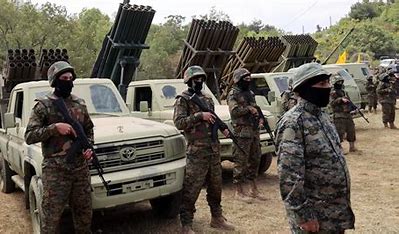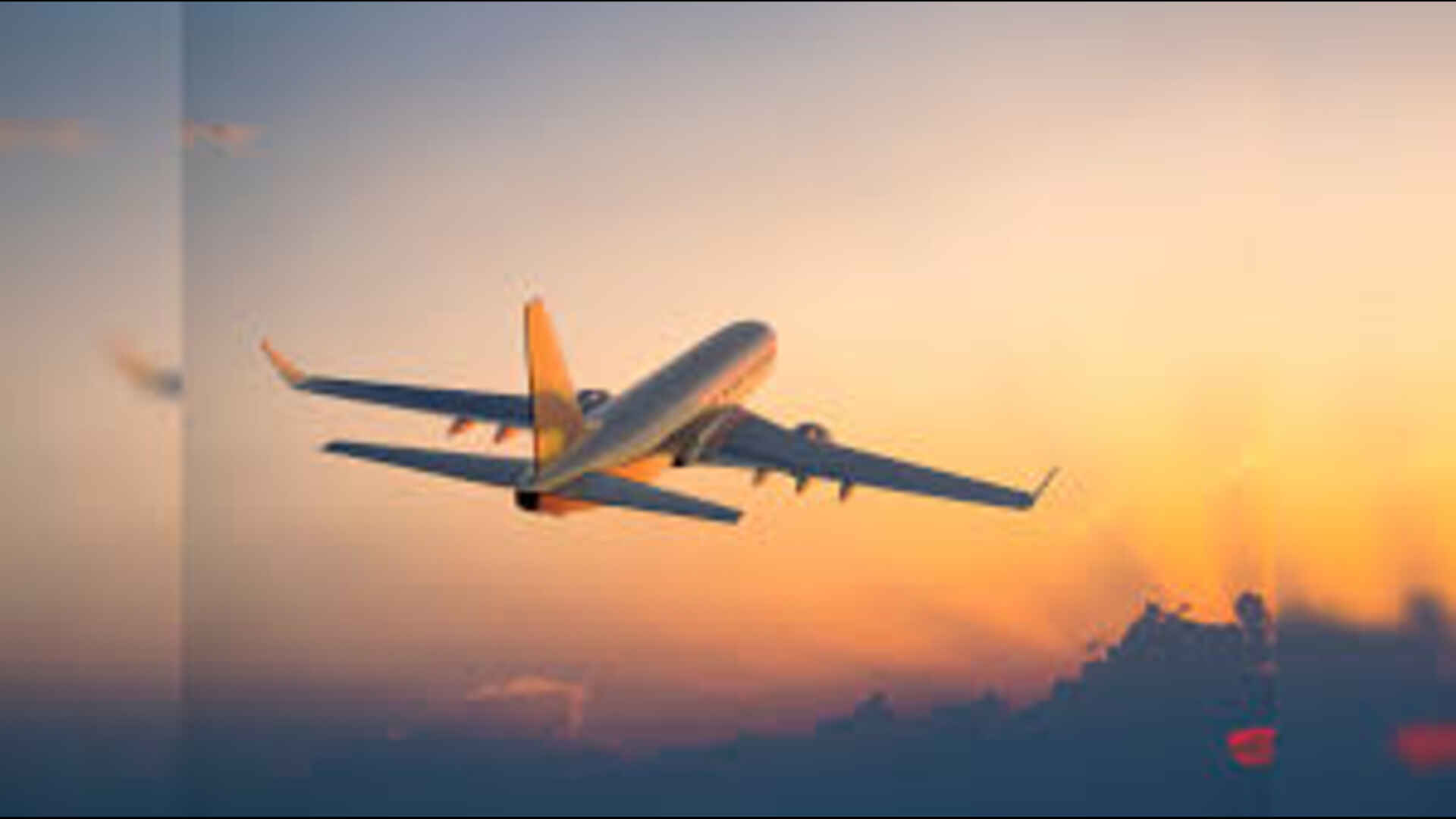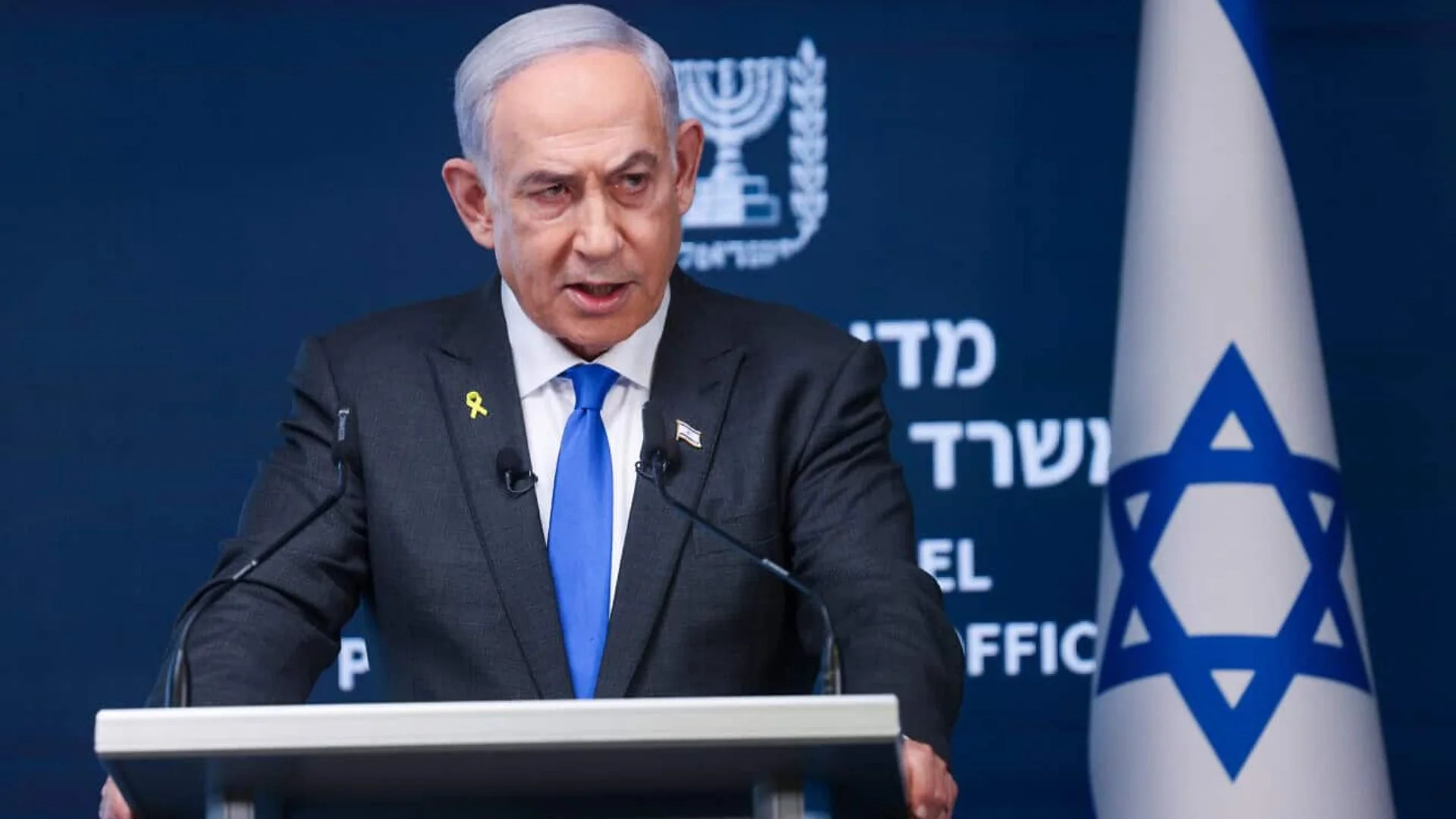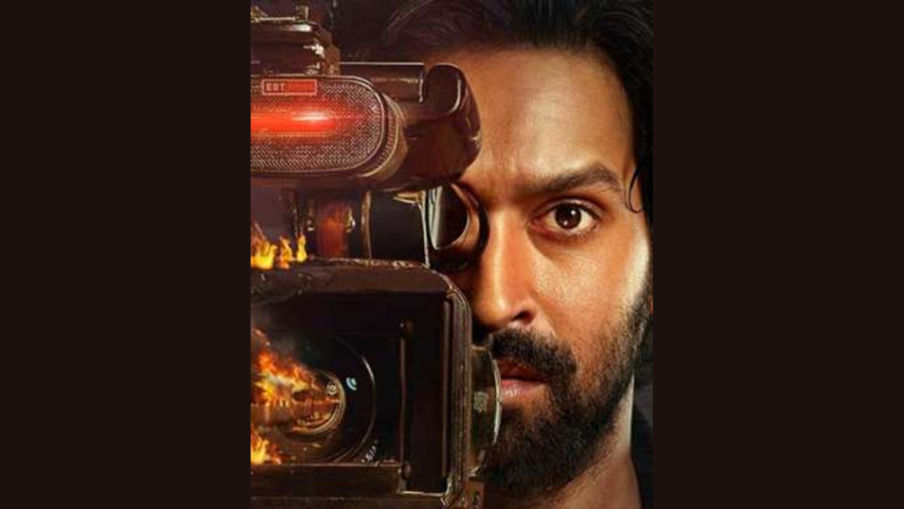
In the early hours of Sunday, August 25, the Israel Defense Forces (IDF) and Lebanon-based militant group Hezbollah exchanged fire in one of the most intense cross-border incidents in recent months. This confrontation underscores Hezbollah’s significant military capabilities and its growing role in the Middle East conflict, especially in light of its allegiance to the Palestinian cause following Hamas’s attack on Israel on October 7, 2023.
Hezbollah’s Origins and Objectives
Hezbollah, which translates to “Party of God,” is a Shia Muslim political and militant group based in Lebanon. It was formed during the Lebanese Civil War (1975-1990) amid tensions over the presence of Palestinian refugees and guerrilla fighters in the country. The group was heavily inspired by the theocratic Islamic government in Iran and has since been funded and supported by Iran’s Islamic Revolutionary Guard Corps (IRGC).
Hezbollah opposes Israel and Western influence in the Middle East, reflecting the broader geopolitical rivalry between Sunni-dominated Saudi Arabia and Shia-majority Iran. Over the years, Hezbollah has expanded its influence in Lebanon, holding 13 out of 128 seats in the country’s Parliament and playing a significant role in its government.
Hezbollah’s Military Capabilities
Hezbollah is widely regarded as one of the most heavily armed non-state actors in the world. According to the Centre for Strategic and International Studies (CSIS), the group possesses a large and diverse stockpile of unguided artillery rockets, ballistic missiles, anti-aircraft weapons, anti-tank missiles, and anti-ship missiles. These weapons form the backbone of its military power.
During Sunday’s clash, Hezbollah deployed a wide range of weapons, including Katyusha rockets and drones, in retaliation for the assassination of its senior commander, Fuad Shukr, by Israel in July. The group reportedly fired 320 Katyusha rockets towards Israel, hitting 11 military targets. These Soviet-origin rockets can travel up to 40 kilometers, making them a significant threat despite their lack of precision.
Hezbollah also possesses more advanced rockets, such as the Iranian-made Raad, Fajr, and Zilzal rockets. These weapons have longer ranges and more powerful payloads than Katyushas. The Zilzal-1, for instance, has a range of up to 125 kilometers, making it one of the most potent weapons in Hezbollah’s arsenal.
In addition to rockets, Hezbollah has used Russian-made Kornet anti-tank missiles and Iranian-made guided missiles known as “al-Mas.” The group also has a fleet of Unmanned Aerial Vehicles (UAVs), including the Iran-made Shahed-129, which has a range of 2,000 kilometers.
Hezbollah’s Impact on the Israel-Hamas Conflict
Hezbollah’s recent actions have raised concerns about the potential for a new front in the ongoing Israel-Hamas conflict. While Israel reported no casualties from Sunday’s exchange, the risk of escalation remains high. Hezbollah’s leader, Hasan Nasrallah, has previously stated that the group has only used “a portion of our weapons” in recent attacks, suggesting that it could further escalate its military efforts if provoked.
With an estimated 45,000 fighters, including 20,000 full-time soldiers, Hezbollah remains a formidable force in the region. The group’s ability to launch hundreds of rockets and drones in a single day highlights its significant military capabilities and its potential to influence the broader conflict between Israel and Hamas.















